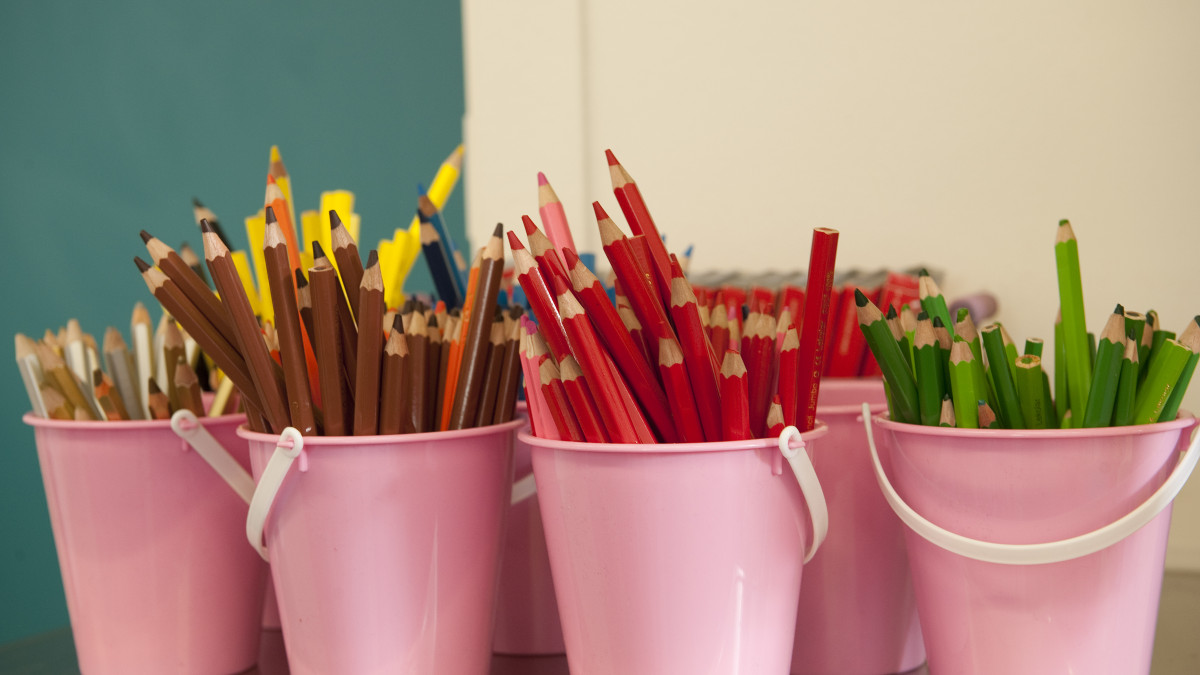
The drop in student numbers will affect the everyday life of schools
Imatra prepares well in advance for the reduction of the age groups in elementary school and high school. No radical changes are expected in basic education in the coming years, but within five to ten years, the drop in the birth rate will inevitably affect class sizes and the number of staff. Preparations have also been made for the change in that the new Koske school center will have a modular building, which will enable the premises to be reduced ten years from now.
─ We must start thinking about these things now, so that the future does not surprise us. Slow and controlled adaptation is always better, head of educational services Minna Rovio says.
─ We can be assured by anticipating that Imatra will continue to have qualified teaching staff. If there is a need for some special skills in the future, we have plenty of time to offer teachers the opportunity for, for example, various additional trainings, Rovio continues.
According to forecasts, the number of students in basic education will decrease from the current 2093 students to approximately 1650 students in Imatra over the next ten years. By 2029, the forecast shows a decrease of about 440 children, or a fifth.
High school student number forecasts are also affected by changes in the birth rate in nearby municipalities. According to forecasts, in Imatra, the number of students transferring from elementary school to upper secondary school will decrease by almost 120 students in ten years.
In elementary school, 23 students per teacher
Last fall, the city government outlined in the budget preparation that a comprehensive review of the service structure will be launched in the city. During the beginning of the year, the city's welfare service, which is responsible for education, has been preparing options for adapting teaching to the future.
The planning has started to be implemented per school center. The city government's preparatory guidance on group size has been used as a guideline for the design, according to which in the future there can be a maximum of 23 students per one teacher in a primary school class. This does not mean that all teaching groups are of maximum size. For example, in some elective subjects, the maximum size would be 16 in the future, and in bilingual classes 22. If the class includes children who are subject to extended compulsory education, the maximum number of students may be 20.
─ It must be remembered that in the future we will have even better opportunities for flexible small group study in the new school centers. There are subjects, for example mother tongue and mathematics, where dividing into small groups makes sense, Rovio reminds.
The decrease in the number of students also affects the number of teachers.
─ Principals of school centers make personnel plans for the next five and ten years, says Rovio.
There will be changes in the high school already next fall
The needs to adapt to upper secondary school are the first to affect. Starting next fall, new students will be divided into four basic groups instead of five. In this way, the time frame can be equalized.
The starting number of places in Imatra's joint upper secondary school will remain unchanged next school year, i.e. 120 students will be admitted to the national upper secondary school and a total of 30 to the IB upper secondary school, which will be divided between Imatra and Lappeenranta.
In high school, group sizes will inevitably be larger in the future. However, this does not mean that the class is full every hour, but, for example, the group sizes of elective courses are smaller.
─ The number of upper secondary school teachers is not affected by the change, but the reduction will reduce the number of subject-specific hours and thereby reduce the number of teachers' overtime hours, the principal of the joint upper secondary school Mika Strömberg says.
Young people were asked for their opinion
The opinion of the children's parliament and the youth council has already been asked about the size of the classes. According to the youth council, 23 students in elementary school classes is a good limit, high school group sizes sparked discussion.
─ We will also carry out an assessment of the effects on children and ask the employee organizations for statements, Rovio says.
The welfare board will give its opinion on the matter in June, and the plans will probably go to the city council in August. The first information about the plans was given to the personnel today, May 14.5. afternoon.
For more information:
Head of Education Services Minna Rovio 020617 3404, go. rovio imatra.fi, available today 14.5. until 16.30:XNUMX p.m.
imatra.fi, available today 14.5. until 16.30:XNUMX p.m.